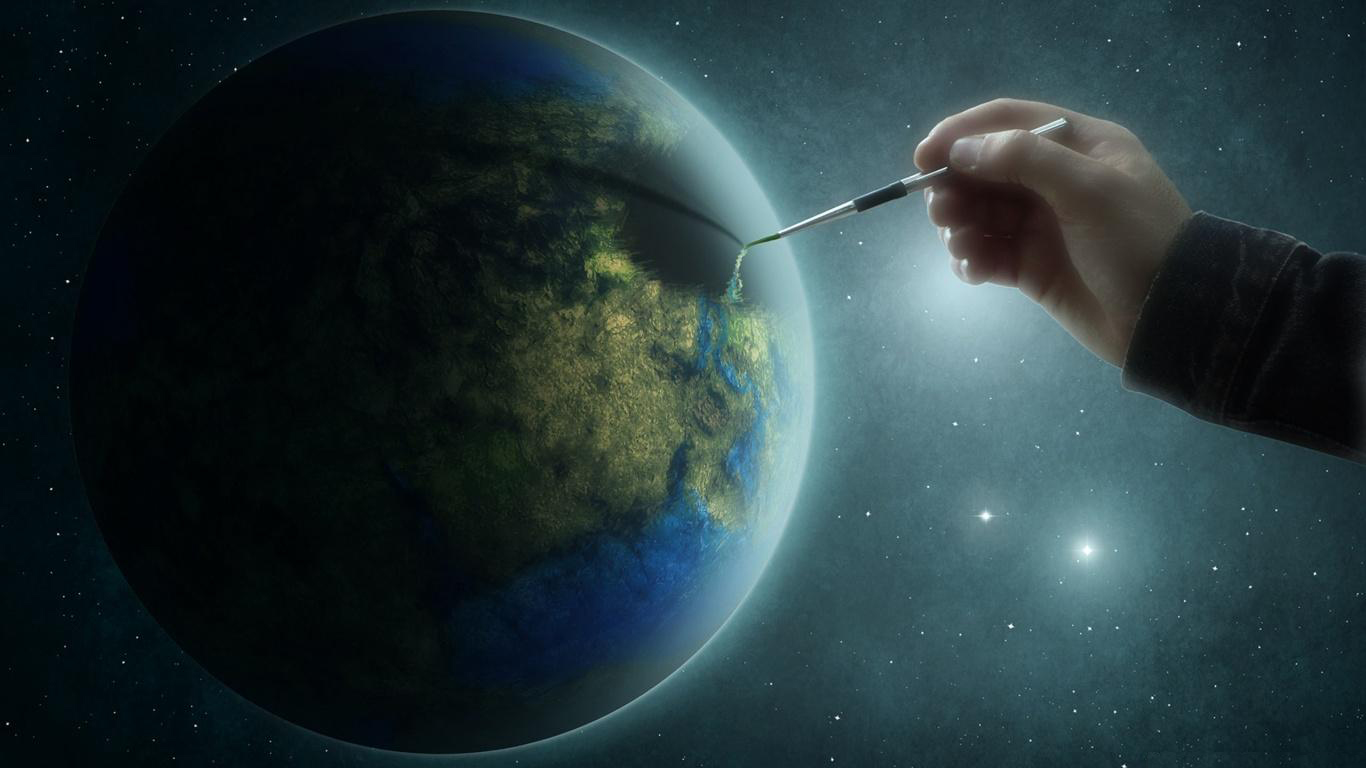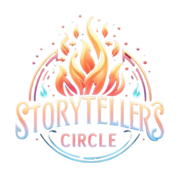Asmodeus
Storyteller's Devil
Figured I would create this guide for not only myself but also many of you to help pick the right genre for your roleplay and to have a better understanding for each one listed.
Each definition was researched for the best description/definition towards the genre.
Enjoy!
*Main Genres
*Sub Genres
Each definition was researched for the best description/definition towards the genre.
Enjoy!
A Definition Guide To Popular Genres


*Main Genres
- Romance: Is best described as a love story between two or more individuals. It can be characterized by sensual tension, desire, and idealism.
- Action Adventure: “Puts the protagonist in physical danger, characterised by thrilling near misses, and courageous and daring feats, belongs to this genre. It is fast paced, the tension mounting as the clock ticks. There is always a climax that offers the reader some relief.”
- Fantasy: “These Roleplays deal with kingdoms as opposed to sci-fi, which deals with universes. Writers must spend plenty of time on world building. Myths, otherworldly magic-based concepts, and ideas characterise these books. They frequently take cues from historical settings like The Dark Ages.”
- Science Fiction: “This genre incorporates any story set in the future, the past, or other dimensions. The Roleplay features scientific ideas and advanced technological concepts. Writers must be prepared to spend time building new worlds. The setting should define the plot.”
- Thriller: “A character in jeopardy dominates these Roleplays. This genre involves pursuit and escape. There are one or more ‘dark’ characters that the protagonist must escape from, fight against, or best in the story. The threats to the protagonist can be physical or psychological, or both. The setting is integral to the plot.”
- Horror/Paranormal/Supernatural: “These are high-pitched scary stories/roleplays involving pursuit and escape. The protagonist must overcome supernatural or demonic beings.”
- Mystery/Crime: “These are also known as ‘whodunits’. The central issue is a question that must be answered, an identity revealed, a crime solved. This roleplay is characterised by clues leading to rising tension as the answer to the mystery is approached.”
- Western: “These stories/roleplays are specifically set in the old American West. Plotlines include survival, romance, and adventures with characters of the time, for example, cowboys, frontiersmen, Indians, mountain men, and miners.”
- Historical: “These fictional stories/roleplays take place against factual historical backdrops. Important historical figures are portrayed as fictional characters.”
*Sub Genres
- Erotic Romance: “Are roleplays written about the development of a romantic relationship through sexual interaction. The sex is an inherent part of the story, character growth, and relationship development, and could not be removed without damaging the storyline.
- Historical Romance: “Is a category of fiction in which the plot takes place in a setting located in the past. The storyline focuses on the developing relationship between the hero and heroine.”
- Philosophical Fiction: “Is a roleplay with a significant portion of its content to the sort of questions normally addressed in discursive philosophy. Includes the function and role of society, the purpose of life, ethics or morals, the role of art in human lives, and the role of experience or reason in the development of knowledge.”
- Dark Fantasy: “Is a subgenre of fantasy literary/roleplay, artistic, and cinematic works that incorporate darker and frightening themes of fantasy. It also often combines fantasy with elements of horror or has a gloomy, dark atmosphere, or a sense of horror and dread.”
- Splatterpunk: “Literary genre/roleplay characterised by graphically described scenes of an extremely gory nature. As well as its graphic, often gory, depiction of violence, countercultural alignment and hyperintense horror with no limits.”
- Psychological Horror: “Is a subgenre of horror and psychological fiction/roleplay that relies on mental, emotional and psychological states to frighten, disturb, or unsettle readers, viewers, or players. The subgenre frequently overlaps with the related subgenre of psychological thriller, and it often uses mystery elements and characters with unstable, unreliable, or disturbed psychological states to enhance the suspense, drama, action and horror of the setting and plot and to provide an overall unpleasant, unsettling, or distressing atmosphere.”
- Post-Apocalyptic Fiction: “This roleplay may involve attempts to prevent an apocalypse event, deal with the impact and consequences of the event itself, or it may be post-apocalyptic, set after the event. The time frame may be immediately after the catastrophe, focusing on the travails or psychology of survivors, the way to maintain the human race alive and together as one, or considerably later, often including the theme that the existence of pre-catastrophe civilization has been forgotten. The apocalypse event may be climatic, such as runaway climate change; natural, such as an impact event; man-made, such as nuclear holocaust or resource depletion; medical, such as a pandemic, whether natural or man-made; eschatological such as the Last Judgement, Second Coming, or Ragnarök; or imaginative, such as a zombie apocalypse, cybernetic revolt, technological singularity, dysgenics, or alien invasion.”
- Cyberpunk: “Is a subgenre of science fiction in a futuristic setting that tends to focus on a combination of lowlife and high tech featuring advanced technological and scientific achievements, such as artificial intelligence and cybernetics, juxtaposed with a degree of breakdown or radical change in the social order.”
- Nanopunk: “Is an emerging subgenre of science fiction still very much in its infancy in comparison to its ancestor-genre cyberpunk and some of its other derivatives. The genre is especially similar to biopunk, but describes a world where nanites are widely in use and nanotechnologies the predominant technological forces in society.”
- Biopunk: “Is subgenre of science fiction that focuses on biotechnology. It is derived from cyberpunk, but focuses on the implications of biotechnology rather than information technology. Biopunk is concerned with synthetic biology. It is derived of cyberpunk involving bio-hackers, biotech mega-corporations, and oppressive government agencies that manipulate human DNA. Most often keeping with the dark atmosphere of cyberpunk, biopunk generally examines the dark side of genetic engineering and represents the low side of biotechnology.”
- Steampunk: “Is a subgenre of science fiction or science fantasy that incorporates technology and aesthetic designs inspired by 19th-century industrial steam-powered machinery. Steampunk works/roleplays are often set in an alternative history of the 19th century's British Victorian era or American Wild West, in a future during which steam power has maintained mainstream usage, or in a fantasy world that similarly employs steam power.”
- Atompunk: “Closely related to steampunk. Both of the genres are retro futuristic. Basically, atompunk stories/roleplays take place in an alternate version of the past with highly advanced technology. Such stories/roleplays can also take place in a distant future with archaic elements. Most of the time, atompunk plots take place during an alternate version of the Cold War. The environment tends to be flamboyant with robots, advanced nuclear technology, streamlined architecture, hover cars, ray guns, interdimensional traveling, and all kinds of elements from science fiction.”
- Dieselpunk: “Is a genre similar to steampunk that combines the aesthetics of the diesel-based technology of the interwar period through to the 1950s with retro-futuristic technology and postmodern sensibilities.”
- Weird Fiction: “Is distinguished from horror and fantasy in its blending of supernatural, mythical, and even scientific tropes. Weird fiction either eschews or radically reinterprets ghosts, vampires, werewolves and other traditional antagonists of supernatural horror fiction.”
